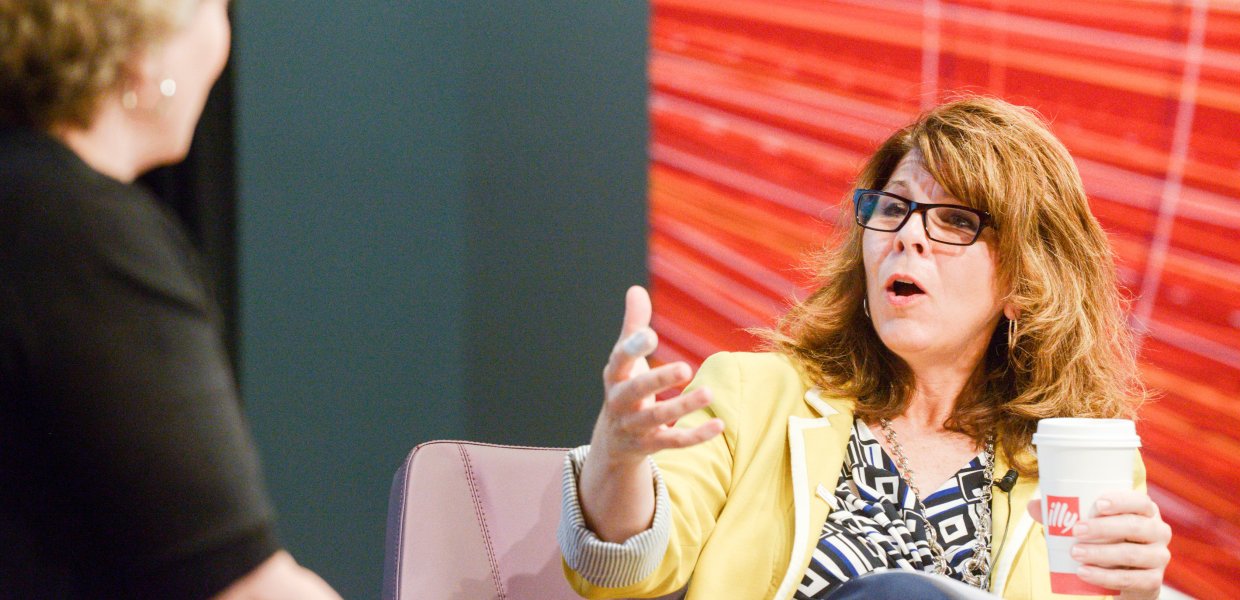In the last five years, Hollywood has generated well-known and popular female-driven fare like Bridesmaids, The Hunger Games and the Twilight franchise. Given the success of these blockbusters, you might think that the number of roles for women is on the rise. Think again.
Across five years (2007, 2008, 2009, 2010 and 2012), 500 top-grossing films at the U.S. box office, and over 21,000 speaking characters, a new study by USC Annenberg found that females represented less than one-third (28.4%) of all speaking characters in 2012 films. When they are on screen, 31% of women in 2012 were shown with at least some exposed skin, and 31.6% were depicted wearing sexually revealing clothing.
Even worse? “There has been no meaningful change in the prevalence of women on screen across the five years studied. In fact, 2012 features the lowest percentage of females in the five years covered in this report,” said Communication Professor Stacy L. Smith, the principal investigator. “The last few years have seen a wealth of great advocacy for more women on screen. Unfortunately, that investment has not yet paid off with an increase in female characters or a decrease in their hypersexualization.”
The authors also examined how the presentation of women varied by the age of the character. “The findings are as provocative as the outfits, especially when teenage female characters are considered,” Smith said.
Over half of female teen characters (56.6%) were shown in sexy attire in 2012, compared with 39.9% of women between the ages of 21 and 39. 2012 capped off a three-year increase in the hypersexualization of teen girls, while for other age groups the numbers do not show the same hike.
When a female works behind the camera in the key creative role of writer or director, there are more women shown on screen, and fewer female characters are hypersexualized.
“One factor that may matter in the presentation of women on screen is the presence of a female writer or director,” said Marc Choueiti, a co-author on the study. “Though we still need further work to explore the reasons for this relationship.”
Despite their positive impact for on-screen depictions, female directors were outnumbered 5 to 1 in 2012 by their male counterparts. Only 24 women have directed top-grossing films in the last five years.
Today’s report is the latest in a series of studies from Smith and her team at the USC Annenberg School.









